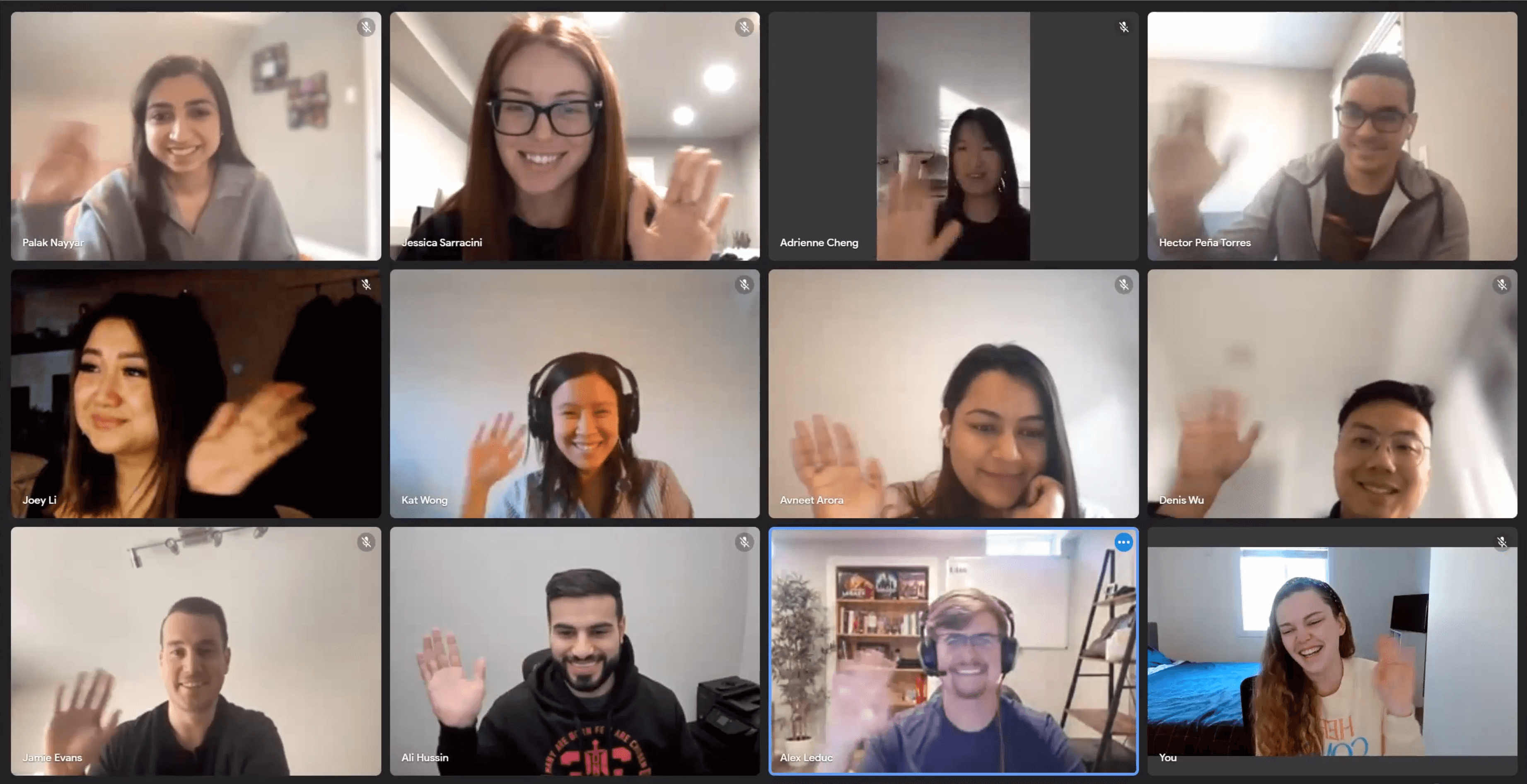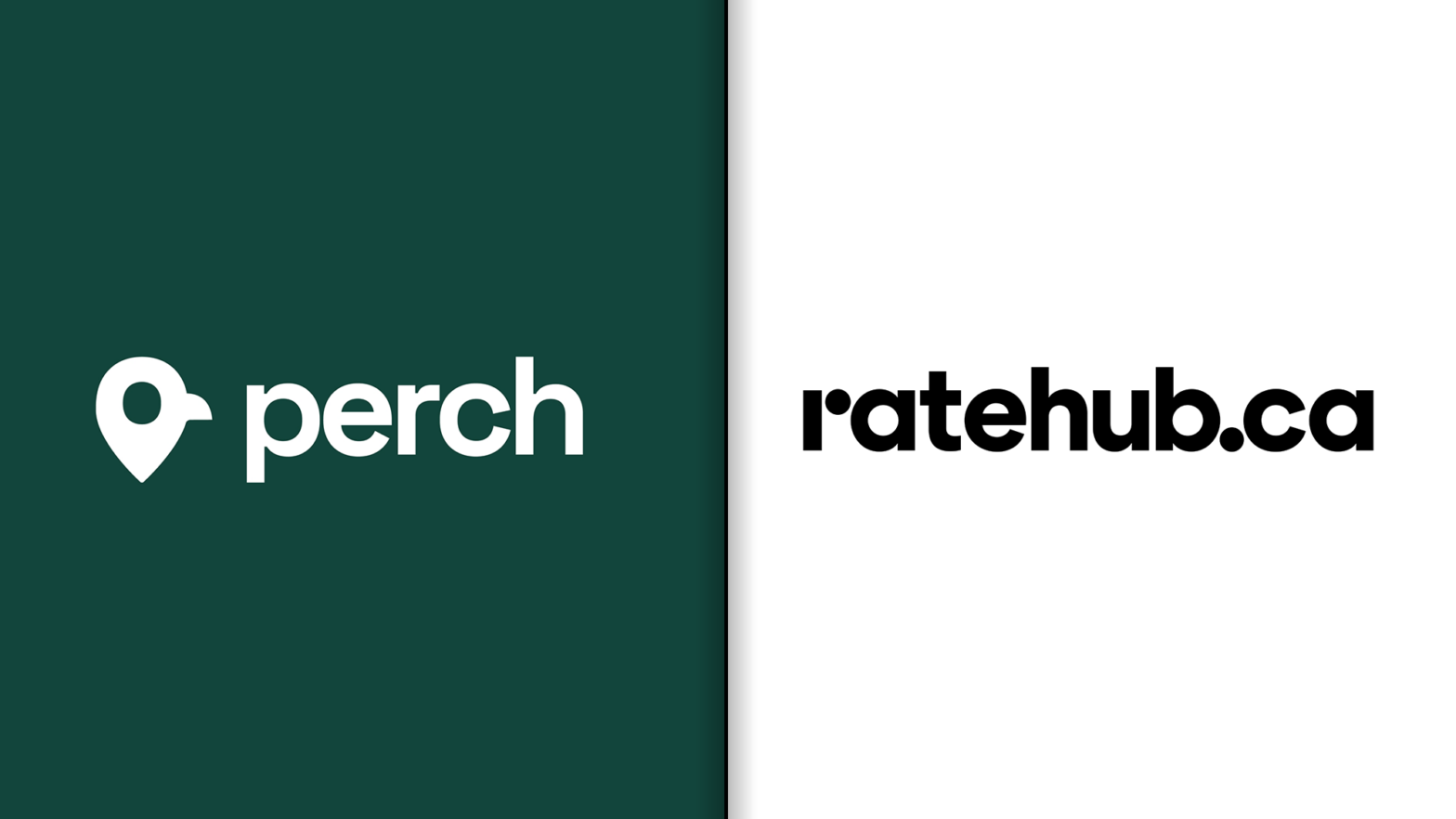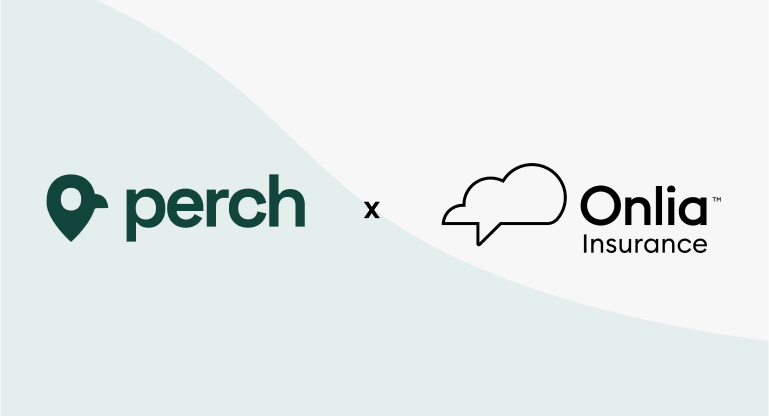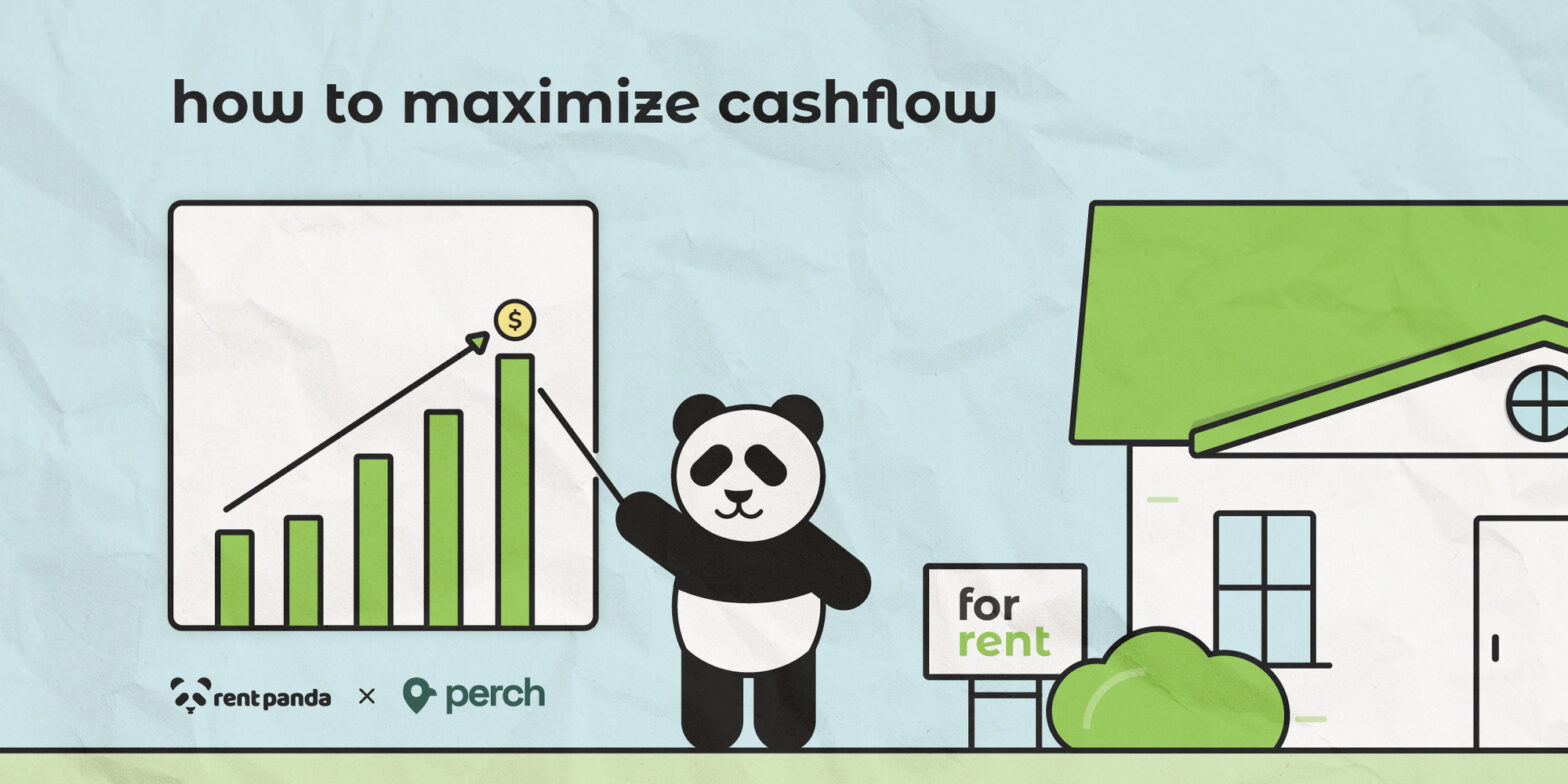I’ve had my share of junior to mid level unicorn designer roles at early stage startups, and sincerely endeavored to push the entire design process forward on my own. This has been extremely rewarding in building a skill set of self-direction, self-management and the ability to multitask, but now as a lead product designer, looking back, I can’t help but notice how some of those design solutions reflected the bias of my siloed, myopic worldview.
Designing digital products of any complexity requires cooperation and collaboration. But when you’re designer #1 or leading a small design team at a young startup with an MVP that’s live but not fully fleshed out yet, how do you spearhead a collaborative design process?
The past 4 months at Perch have been a lesson in establishing effective design processes and understanding that the best design decisions are made when design teams leverage cross collaboration not just between product and engineering, but also marketing, and client facing teams. Here are three lessons from my first quarter at Perch:
1. Research, research, research!
A 2018 Design in Tech report pointed out that only 12% of early stage startups conducted qualitative user research. A rather unfortunate fact, since qualitative research—just plain talking to customers and potential customers in a structured way—may be the most important thing an early stage startup can do to influence their success.
“If you think user research is expensive, you should look at the cost of building the wrong thing.” ― Mario Maruffi, Inspired by Ralf Speth
User research is fundamental to building products that are centered around people. It helps figure out what users really want, and deliver meaningful products and experiences that they will embrace. User research not just informs design, but it drives change.
One of the key projects that we undertook at Perch last quarter was to take the initiative to learn more about our users and better understand their goals and frustrations. So far we had been working off of some informed assumptions, but actually talking to our users helped us identify a whole range of pain points and misconceptions our target market had about the home buying process that we could solve through product and content. This cross collaborative exercise between design and marketing helped us view user experience as a whole and minimize the risk of pushing products on an unwilling market.
LESSON: Advocating for user research is the most effective way to overcome biases in your small design team at a startup.
2. Cross-functional collaboration is king
Silos between design, business, and technology promote longer feedback loops between discovery and delivery. Without a culture of cross-functional collaboration, startups often struggle to keep up with the pace of change demanded by business and user needs.
Some of the best insights that have informed the products we’ve built at Perch have come from collaborating with our Realtor Partnerships team and our mortgage advisors and leveraging information about the pain points they identified during casual conversations with clients. Cross-functional collaboration is also a great way to bridge the disconnect that often exists between product and marketing teams at early-stage startups. When product designers and marketers collaborate, the result is a marketing strategy that better addresses user pain points identified by the product team through user research.
LESSON: Cross-functional collaboration accelerates delivery of better outcomes for your users. Leverage it.
3. Great questions lead to great design
Startup environments can be highly demanding and fast-moving, but that should never be a reason to deter you from asking questions. By asking smart questions, you can clarify confusions, solve problems and deliver user-centered experiences. Asking questions is an ingenious way to trigger your willingness to explore and overcome biases and move beyond your worldviews.
LESSON: Questions are not there to slow down your team unnecessarily, but rather to drive innovative design thinking.
Being a designer on a small team comes with huge responsibilities and challenges. Sharing your design process is the first step to communicating the importance of design and the value that it can bring to the table. Connect and collaborate with key members across the product, engineering and client facing teams and onboard them to act as advocates for the design thinking process to create a ripple effect within the organization through knowledge sharing.
To view our current job openings, check out our Careers page.







